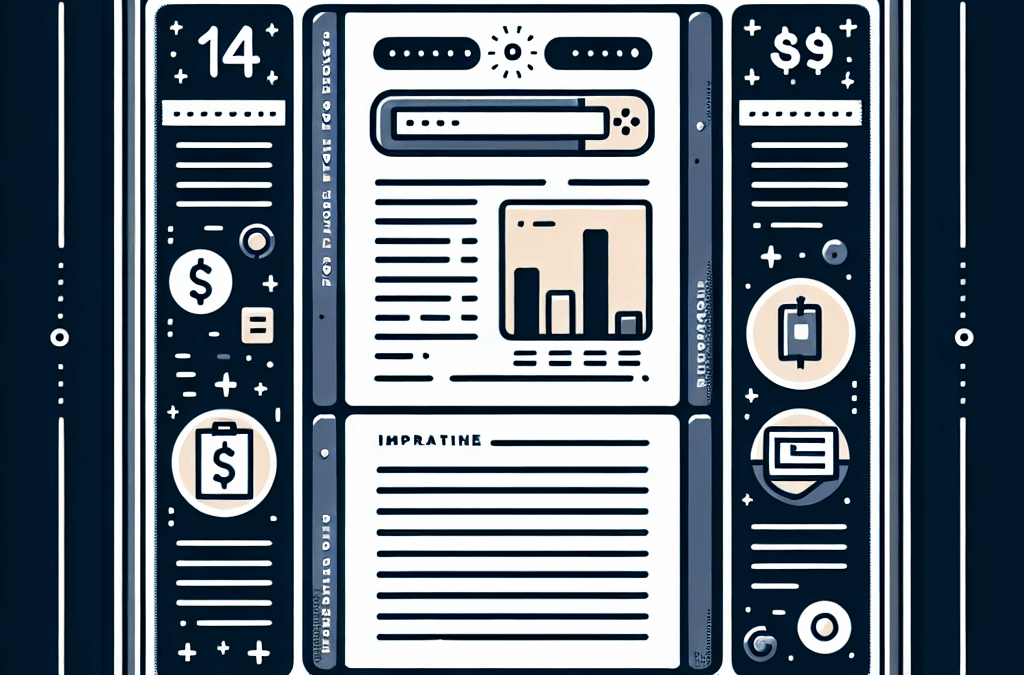Modern websites neither look nor function like the ones created in the early 90’s. In fact, today’s websites don’t even resemble those created three years ago. Technology changes and so have the rules of internet marketing. Consequently, many older website designs are obsolete. So, what is the average lifespan of a website design? Can you afford to do a complete overhaul? Can you afford not to?
How to Think of Your Website
Let’s draw an analogy between sites and cars. Most people in the United States have at one time or another driven a ‘first car.’ You know what I’m talking about. That car you bought as a teenager that had no AC, a window that couldn’t roll down, and more rust than paint. You didn’t care that it wasn’t a Corvette. You loved that car! It represented independence and took you from Point A to Point B – most of the time.
Time rolls on, and most of us move on from our first cars. Perhaps you get married and have kids, and suddenly the minivan becomes the ideal vehicle. Maybe you commute long distances, and the hybrid seems the better choice. Regardless, the point is that you outgrow that old beater and move on to something that better suits your needs and hopefully looks better.
What’s the point of this analogy?
The first thing you need to do is to evaluate your current website. The average lifespan of a website design depends on two things.
- Does it still get you from Point A to Point B or does it break down on a regular basis?
- Is it the right vehicle to service the needs of your business and your clients?
OK – there is a third thing.
Seriously, if you pull up to the Board Meeting in your 2002 Honda Civic, it doesn’t scream ‘Hey, I’m the Vice President.’ However, if you arrive in a new Mercedes, then people’s perceptions change. Appearances matter in business.
What is the Average Lifespan of a Website Design?
While there is no set rule for how a long a website design should last, you can bet if it’s older than three years, then there is a really good chance you are due for some upgrades.
- 2-3 Years Old – In a competitive industry, it is time for a new website. In a non-competitive environment, you need to start planning.
- 3-4 Years Old – Evaluate your current website and plan for immediate upgrades or plan a brand new site.
- 5 Years Old – You need to revamp your website!
Age is only one indicator that you need to plan an update. You should consider a website redesign even sooner if one of the following applies.
Is your site mobile-friendly?
Having a mobile-friendly is not optional. It is a necessity. Because of the growing number of mobile devices, Google has begun ranking websites using their Mobile Index. In other words, if your site is not mobile-friendly, you won’t rank well. Period!
Do you have a good Content Management System?
The content on your website drives both your organic and paid traffic. Having a good content management system such as WordPress, allows you to interlink your website, optimize for SEO, and keep everything working smoothly. However, it’s not just about the published content. Your CMS also manages all the ‘behind the scenes’ files such as email integrations. Content Management is essential and may be the item you never knew you missed the most.
Is your site not ranking on Google?
It seems like Google updates its algorithm daily. Truth be told, this past year has seen several shifts in their ranking process and several more are predicted for the near future. Many of those are related to how your website functions. To see if you have a problem, you can put your site through its paces using the website checks listed in the Why is My Website Not Ranking in Google?
Do you need more conversions?
Your client is looking for something or trying to solve a problem. They expect your website to solve it for them. If they can’t find a solution quickly, then they will click away to another site. Older websites were not designed around the user experience. Today, UX Design increases client leads by providing a beautiful, conversion-focused website.
Is your site starting to look dated?
I’m sorry, but who wants to buy tech or clothing (or contract services) from someone who looks like they are stuck in the 90’s. Unfortunately, the perception of your clients is that your ideas and business practices are also stuck in the 90’s. Give your website a modern look that shows that you are current, relevant, and on top of market trends.
Can you meet Google’s speed requirements?
To improve the user experience, Google penalizes sites that don’t load in under 3 seconds. That’s right – 3 seconds! If your website is over 5 years old, then it’s a sure bet that it’s running slow unless you have made upgrades along the way. Google has some handy tools that help you measure the speed of your website. If yours is running slow, call us. We can show you how to fix the issue.
Do You Need Upgrades or a Brand-New Website?
There are also several other factors to consider. For one, even if your site is brand new, but it wasn’t designed well, then it is already time for a redesign. Another thing to consider is the changes in technology and current ‘best practices.’ If a significant shift occurs, then it’s time for an upgrade, regardless of how old your site is.
Looking at all the factors, the AVERAGE lifespan of a website design is about 3 years. Many won’t make it that long, and a few might chug it out a little longer. It all depends on your needs and those of your clients.
What is the Average Lifespan of a Website Design?
One of the best ways to determine if a website redesign is right for you is to take a look at this Website Redesign Checklist. If after going through the Website Redesign Checklist, you realize that it’s time for an update, we can help. Contact us so we can discuss your needs. We offer a Free Mock-Up that shows you the possibilities. There is no risk for you.
Web Design










